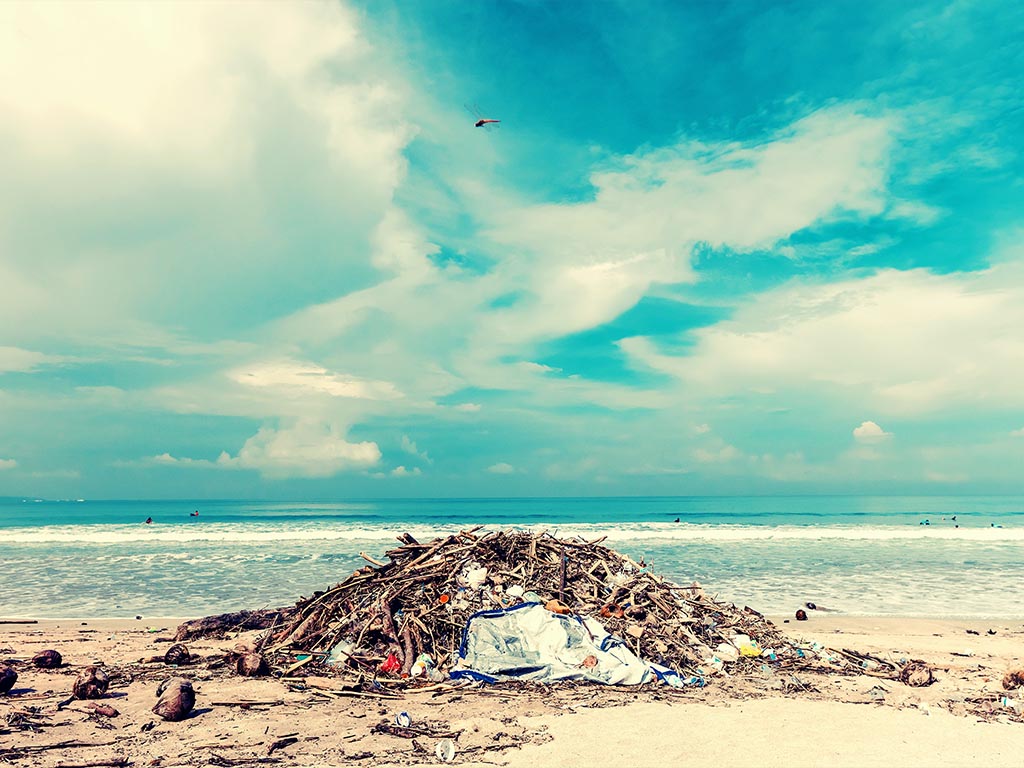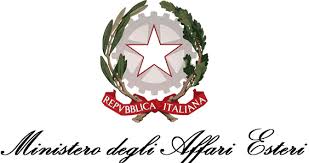
Abstract del progetto
Intense human activities in regions surrounding enclosed and semi-enclosed seas, such as the Mediterranean, always produce a strong environmental impact in form of costal and marine degradation. Mediterranean Basin, due to his high level of anthropogenic pressure, suffers the pollution deriving from human activities more than others seas. In view of the above, at the Barcelona Convention the protection of the marine environment and the coastal region of the Mediterranean has been recognized as one of the field demanding a stronger international co-operation and as an irreplaceable dimension for the achievement of sustainable development in the Mediterranean.
By integrating resources and promoting the exchange of data between two of the contracting parties (Art. 13), CORIMED represents an important step towards the goals launched in the Barcelona Convention and follows a path already started by the CNR-Institute for Atmospheric Pollution (CNR-IIA) with EUROCAT and ELME, two EU funded projects that experience the integrated approach for catchment – coastal zone among some of the European Countries of the Mediterranean Basin.

Theis cooperation will lead to the integration of knowledge, of monitoring and analytical techniques as well as the use of GIS systems and implementation of policy tools between the two institutions. A profitable exchange of know-how will be effected with the purpose of arriving at comparable levels of knowledge and technical ability that will constitute the point of departure for new research projects and for the optimisation of a common strategy for the study, the custody and the sustainable development of Mediterranean Environment Resources. Only through common strategies, based on the internationalisation of knowledge and technology, it is indeed possible to arrive at a single management tool at Community level that can support the implementation of the Directives on Water Quality.
• Integration and unification of terminology and know-how;
• Standardisation of analysis and monitoring techniques;
• Know-how exchange and common strategies for a better understanding of the obtained data;
• Development of research projects in the framework of the European Commission activities, European Science Foundation, UN, etc.;
The above objectives will be reached, implementing an intense mobility activity of Italian and Egyptian researchers that will help to create a stronger cooperation between the two institutions.
Coastal Zone Management requires the development of integrated management strategies that can lead to a sustainable use of catchment – coastal resources under intense environmental change pressure. These strategies can be developed only by using an holistic approach that combines together different aspects. For this reason the specific objectives to be achieved by the CORIMED are:
WP1 - Database and GIS
WP2 - Biogeochemical Models
WP3 - Socio-Economic Models
WP4 - Remote Sensing Techniques
WP5 - DPSIR Framework
• Alexandria University – Faculty of Science – OCEANOGRAPHY DEP. – EGYPT
Andrea Algieri
Water-Flux Modelling
Sergio Cinnirella
GIS and Database
Mario Gensini
Project Management
Ian M. Hedgecock
Biogeochemical Modelling
Lucia Linsalata
Liaison Officer
Rosanna Mabilia
Organic Pollutants
Maria Orrico
Web Master and Dissemination Results
Francesca Sprovieri
Atmospheric Monitoring and Analytical Techniques
Gabriella Trombino
GIS and Database
